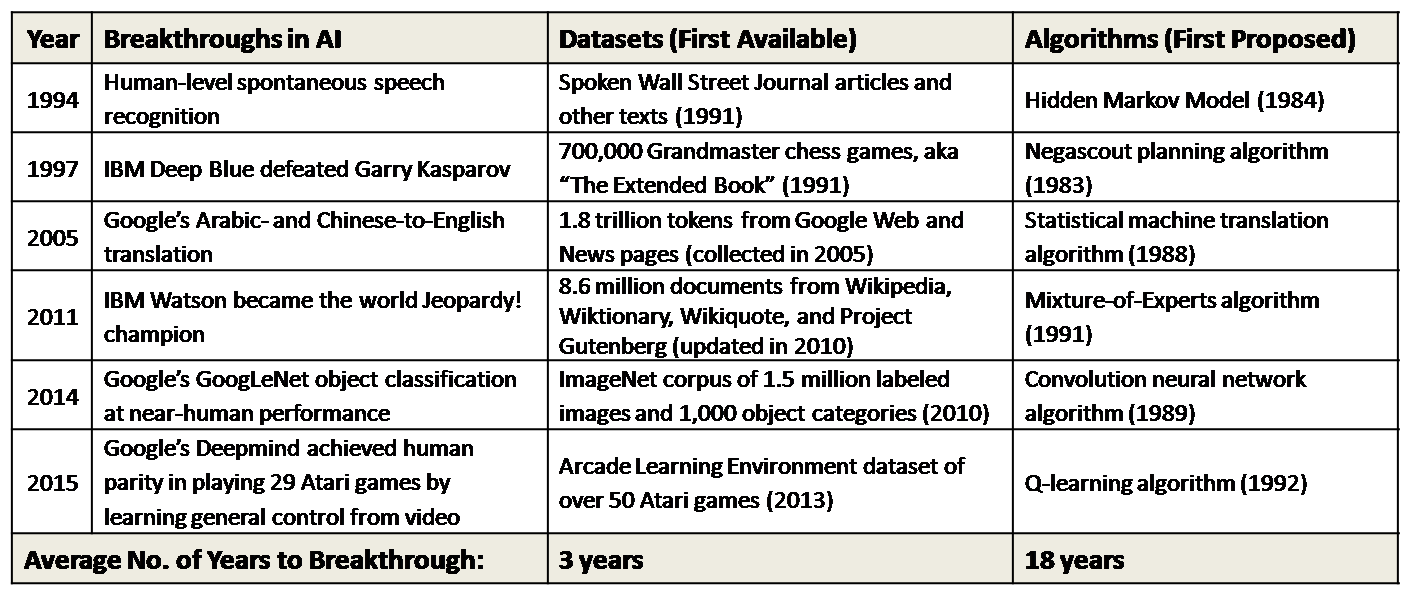Here is an interesting question: “How do we organize the underlying trading platform so as to achieve the following desired dynamics: a large number of little bets guided by robust models built upon imperfect data leading to many small but early and sure wins?” Notice that we are not interested in “one big win from one big bet”, nor are we concerned with perfect data that may be expensive to collect or maintain. The focus here is on building robust models that are useful for trading.
Failing quickly to learn fast: Using thought experiments (or Gedankenexperiment) driven by pre-mortems to speculate about potential antecedents for a designated consequent to counter intrinsic human biases and blind spots, as soft launches are a lot cheaper when they are simply imagined! But what about operating via Fingerspitzengefühl, or “finger-tip feeling”, based upon phenomenological awareness and tacit knowledge?
Failing forward is a well-known empirical approach of learning from mistakes and failures in order to find the way forward. It is not so much that one intentionally try to fail, but rather that one knows important discoveries will be made by being willing to be imperfect, especially at the initial stages of exploring new ideas or markets. Rough prototyping is often the method of choice for embracing the learning potential of failure, while affordable small bets are used to uncover unpredictable opportunities. The fast pace of change in a constantly evolving market highlights the value of the little bets approach, where moment-to-moment, creative opportunity-seeking can have no substitute. Working from the ground up and learning from the environment, the trading platform crafts new tactics to address the opportunities as they are discovered.
This is a whole new way of looking at the problem: one of experimentation and discovery, a creative approach to trading. Pre-conceived templates or strategies are obsolete. Two fundamental advantages of the little bets approach, according to Professor Saras Sarasvathy, are that: (i) it puts the focus on what we can afford to lose rather than make assumptions about how much we can expect to gain, and (ii) it facilitates the development of capabilities as trading opportunities are sought and discovered. In short, affordable loss and capabilities development are the bedrock foundation of the little bets approach to trading.
The Dragonfly Telephoto Array, a robotic imaging system optimized for the detection of extended ultra-low surface brightness structure. The ten Canon 400mm lenses are mounted on a common framework and are co-aligned to image simultaneously the same position on the sky, enabling removal of unwanted scattered light to reveal extremely faint galaxy structure that eludes even the largest, most advanced telescopes today. The Dragonfly "compound eye" is 10 times more sensitive and 1,000 times cheaper than the best large telescopes, and has already made a big new discovery about the structure of the universe. (Image Credit: University of Toronto/Yale University).
Dr. Carol Dweck, a professor of social psychology at Stanford University, initially developed the fixed versus growth mind-set distinction by studying how schoolchildren reacted to failure and challenges. To her surprise, she found that some students relished difficulty and challenge. Dozens of studies later, Dweck’s findings suggest that people exhibiting fixed mind-sets tend to gravitate to activities that confirm their abilities, whereas those with growth mind-sets tend to seek activities that expand their abilities. People with fixed mind-sets want to appear capable, even if that means not learning in the process. People with a growth orientation, on the other hand, are willing to take more risks since challenging experiences represent chances to grow.
We wonder if the "electronic brain" of a trading platform can be programmatically imbued with an inherent growth mind-set, anthropomorphically speaking, so as to more easily capture new opportunities for growth through experimentation, exploration and improvisation? After all, the market environment already specifies the underlying design constraints. Depending upon the time of day or the specifics of the trading calendar, one can learn a little from a lot of venues, or learn a lot from just a few venues. From this perspective, robust models that exert computational efforts probing the market for answers via little bets (i.e., which provide the foundational capabilities development and affordable loss protection) are beginning to look like a winning combination deserving of further investigation.
Perhaps the most important question that we can ask is this: What is the purpose of a trading platform? Is it to supply data and facts and to run models and strategies? Or is it to support experimentation and effortful problem-solving, facilitate growth of new trading opportunities, and nurture a capacity for continuous learning from the market? It seems that little bets could be potentially interesting as a central organizing principle for a novel trading platform that can learn and adapt quickly.
It’s a numbers game after all: How one can realize the statistical information advantage of many small wins from little bets over one big bet, and do so without incurring the infrastructure overhead of traditional high-frequency trading?
“The side that learns and adapts the fastest often prevails.”
References:
- Sims, Peter (2011). Little Bets: How breakthrough ideas emerge from small discoveries. Free Press.
- Maddock, Mike (2012, October 10). If You Have To Fail — And You Do — Fail Forward. Forbes. Retrieved from: http://www.forbes.com/sites/mikemaddock/2012/10/10/if-you-have-to-fail-and-you-do-fail-forward/#6a66f0e97a9a
- Sarasvathy, Saras (2005). What Makes Entrepreneurs Entrepreneurial? Retrieved from: http://www.effectuation.org/sites/default/files/documents/what-makes-entrepreneurs-entrepreneurial-sarasvathy.pdf
- Dyson, Freeman (2016). Doing More with Less. Edge. Retrieved from: https://www.edge.org/response-detail/26738
- Carden, Michael J. (2010, May 7). Petraeus Describes Changes in Army Structure, Doctrine. DoD News. Retrieved from: http://archive.defense.gov/news/newsarticle.aspx?id=59063







